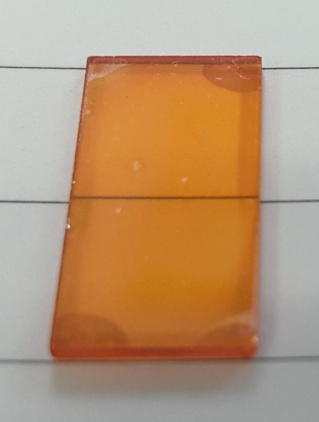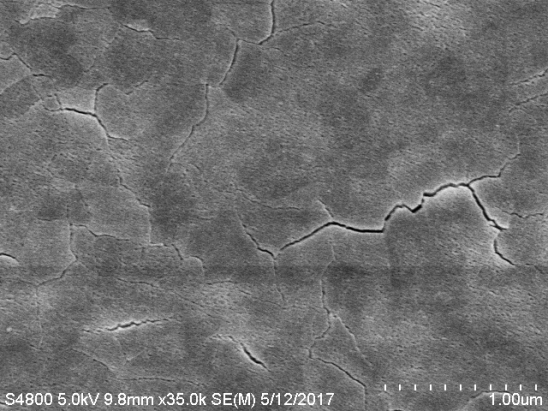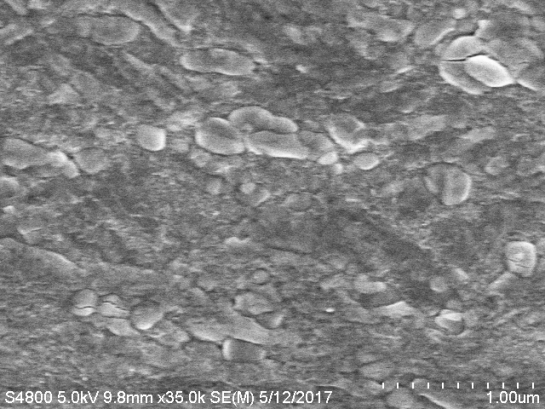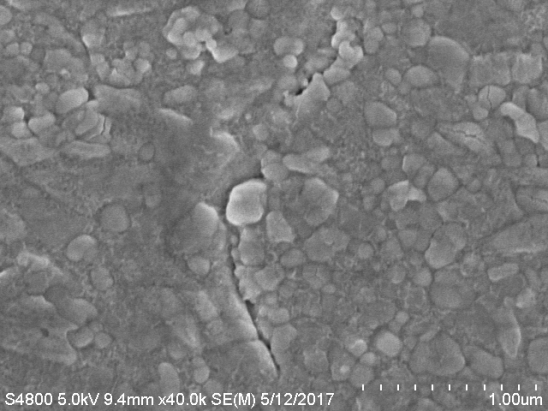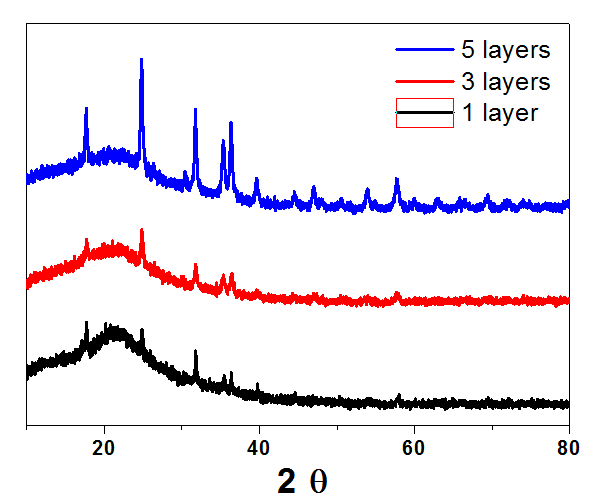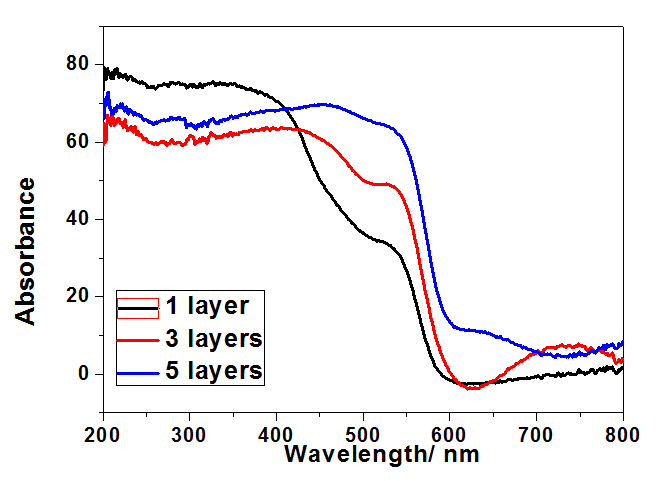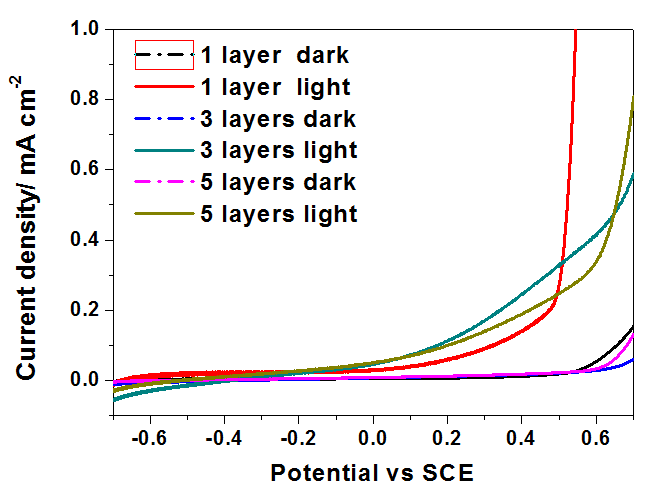溶胶凝胶法制备Ta3N5薄膜及其光电化学性能毕业论文
2020-06-16 20:36:37
摘 要
化石能源的消耗以及全球变暖的加剧是人类社会面临的重大挑战。目前,开发清洁可再生能源已引起世界各国的广泛关注。太阳能水分解电池可以将太阳能一步转换成清洁的化学能——氢能存储起来,被认为是一种潜在的解决方案。Ta3N5由于其理论转换效率高,是一种合适的光阳极材料。在之前的研究中,已经采用不同的方法制备Ta3N5薄膜。溶胶凝胶法过程简单,掺杂方便,是一种低成本制备高质量Ta3N5薄膜的方法。然而,据我们所知,目前还没有关于用溶胶凝胶法制备Ta3N5薄膜的报道。
在本研究中,我们采用溶胶凝胶法制备Ta3N5薄膜,发现其形貌和性能随着旋涂层数的变化而改变。当旋涂层数较少,薄膜的透光性和均匀性较好,并且其机械性能较出色,但是其光电流较低。而当旋涂层数增多时,光电流变高,但薄膜的透光性和均匀性变差。另外,我们也探索了向前驱体溶液中加高分子聚合物,研究其对Ta3N5成膜性的影响。
关键词:太阳能水分解电池 Ta3N5光阳极 溶胶凝胶法
Preparation and Photoelectrochemical Properties of Ta3N5 Films by Sol-Gel Method
Abstract: It is a big challenge to human being with consumption of fossil energy and the global warming. To date, different countries in the world have paid much attention to explore clean and renewable energy. Solar water splitting cells can store solar energy into clean chemical energy-hydrogen, which is considered as a promise method to resolve these problems. Ta3N5 is a suitable photoanode material due to its high theoretical solar conversion efficiency. In previous studies, different methods have been used to prepare Ta3N5 films. Sol-gel method is facile and easily-doping one to prepare high quality films. However, to the best of our knowledge, there is no report on preparation of Ta3N5 films by sol-gel method.
In this study, Ta3N5 films are prepared by sol-gel method. We find that morphologies and performance of samples change with the layer number of spin-coating. When the layer number of spin-coating is less, uniformity of a sample is better, and its mechanical property is also higher. However, the photocurrent is lower. When the number of spin coating increases, the photocurrent increases. However, transmittance and uniformity of the film become worse. Moreover, we also add some polymers into the precursor solution and study their effects on the properties of Ta3N5 films.
Key words: Solar water splitting cells,Ta3N5 photoanodes,Sol-gel method
目录
摘要……………………………………………………………………………………………………………..Ⅰ
ABSTRACT………………………………………………………………………………………………….Ⅱ
第一章 绪论…………………………………………………………………………………………………. 1
1.1 前言…………………………………………………………………………………………………… 1
1.2 光电化学水分解电池(PEC)……………………………………………………………….. 1
1.2.1 光电化学水分解电池的发展历程…………………………………………………… 1
1.2.2 光电化学水分解电池的基本结构和工作原理…………………………………… 2
1.3 光阳极材料选择标准…………………………………………………………………………… 3
本章参考文献……………………………………………………………………………………………. 5
第二章 Ta3N5的优势和限制及其制备方法……………………………………………………… 7
2.1 Ta3N5的优势和限制…………………………………………………………………………… .7
2.2 Ta3N5的制备方法………………………………………………………………………………. .8
2.2.1 溅射法……………………………………………………………………………………… 8
相关图片展示:
